Case

Case

A flow meter is a device used to measure the flow rate of liquids or gases. It has been widely used in industry and water management since the 20th century. However, traditional mechanical flow meters have limited functionality, limited accuracy, and rely on manual meter reading and data recording, making them unable to meet the real-time and intelligent requirements of modern water management.

With the development of technologies such as the Internet of Things, big data, and cloud computing, intelligent flow meters have gradually become a preferred choice for digital water management. Their high-precision, high-frequency data collection provides unprecedented data support for water systems.
First, flow meters are key tools for accurate metering and leakage control. Water resources often leak during transportation due to aging and ruptured pipelines. According to statistics, the water supply leakage rate in some cities is as high as 20%. Intelligent electromagnetic flow meters or ultrasonic flow meters can monitor flow changes in the pipeline network in real time. If abnormal fluctuations are detected (such as an abnormal increase in flow during peak hours at night), the system will automatically issue an alarm and locate the leak. This not only significantly reduces water waste but also reduces the cost and risk of manual inspections.
Secondly, flow meters are a crucial basis for optimizing scheduling and reducing energy consumption. The water supply network is a complex and dynamic system, with water demand fluctuating over time, seasonally, and regionally. By deploying intelligent flow meters at multiple locations, the management system can monitor water usage patterns in each region in real time, predicting peak and off-peak periods. This allows for dynamic adjustments to pump operation strategies, avoiding the energy waste of a "big horse pulling a small cart." For example, reducing pump frequency during low-use periods can extend equipment life and significantly reduce power consumption.

Furthermore, flow meter data is deeply integrated with water quality monitoring and customer service. Flow data can help the system determine water retention time in the network and predict water quality trends (such as residual chlorine decay). Furthermore, intelligent remote flow meters can automatically record user water usage and provide users with water consumption analysis reports via mobile apps, promoting water conservation awareness.
However, the application of flow meters in digital water management also faces some challenges. For example, how to optimally select flow meters with varying accuracy and cost based on scenario requirements? The transmission, storage, and analysis of massive flow data place higher demands on system architecture. Furthermore, data security and privacy protection also require high priority.

Electromagnetic flowmeter
Water Applications: An absolute workhorse in the water industry. Widely used in water plant inlets/outlets, pumping stations, municipal distribution area metering (DMA), industrial water use, and trade settlement. It is a core device for leakage control.
Ultrasonic flowmeter
Water Applications: Flow measurement in large-diameter raw/clean water pipelines, DMA leakage surveys and diagnosis, online instrument calibration, and regional boundary measurement.
Turbine flowmeter
Water Applications: Commonly used for precise industrial water metering and chemical dosing in water plants, for low-flow, high-precision applications.
Vortex Flowmeter
Water Applications: Flow measurement of water and certain water-based media in water supply networks, sewage treatment plants, industrial circulating water, pumping stations, and other applications.
Positive Displacement Flowmeter
Water Applications: Primarily used for settlement water meters (small diameter) for residential, industrial, and commercial users.